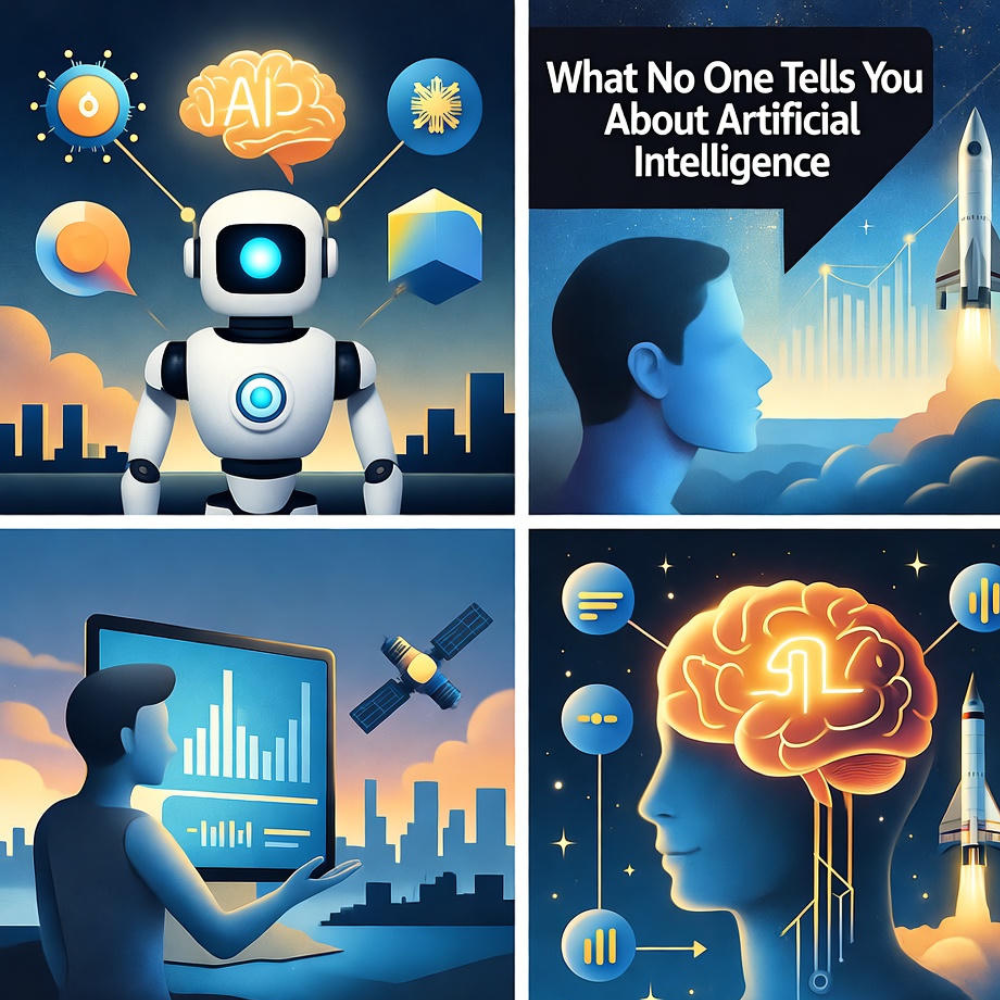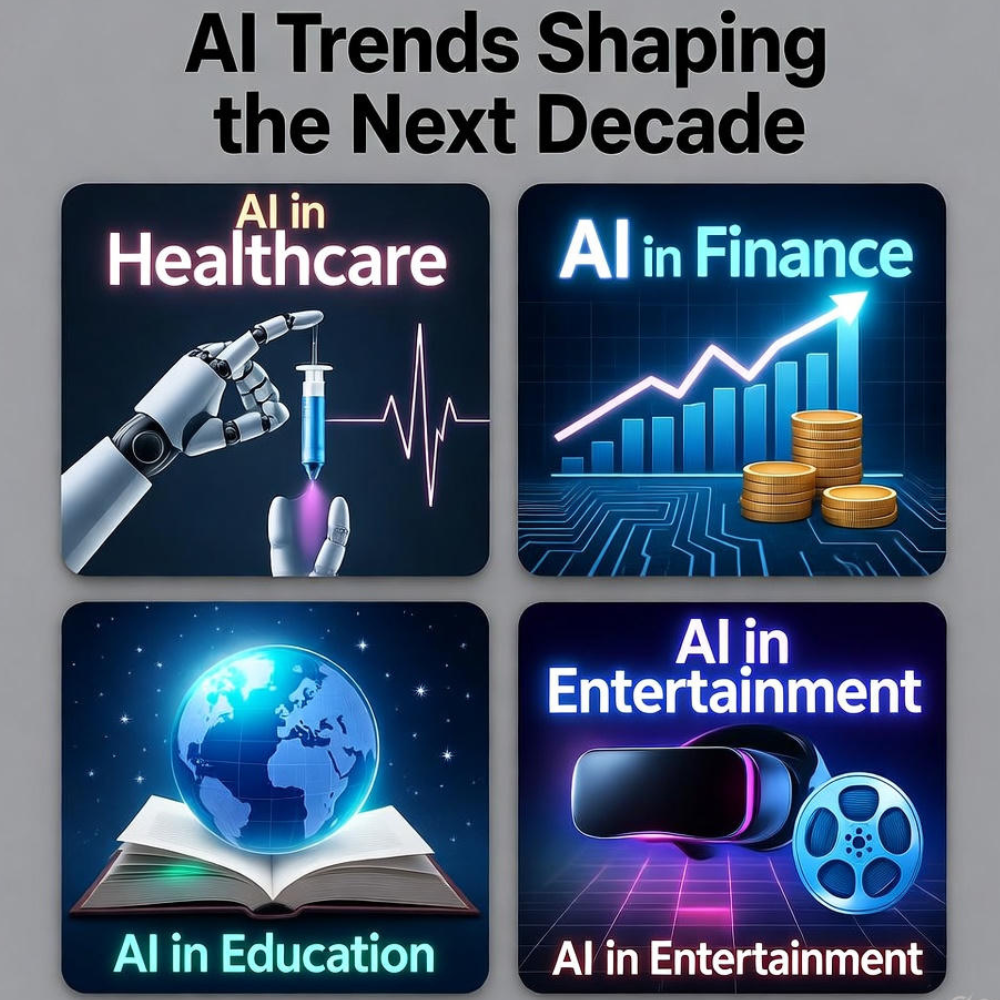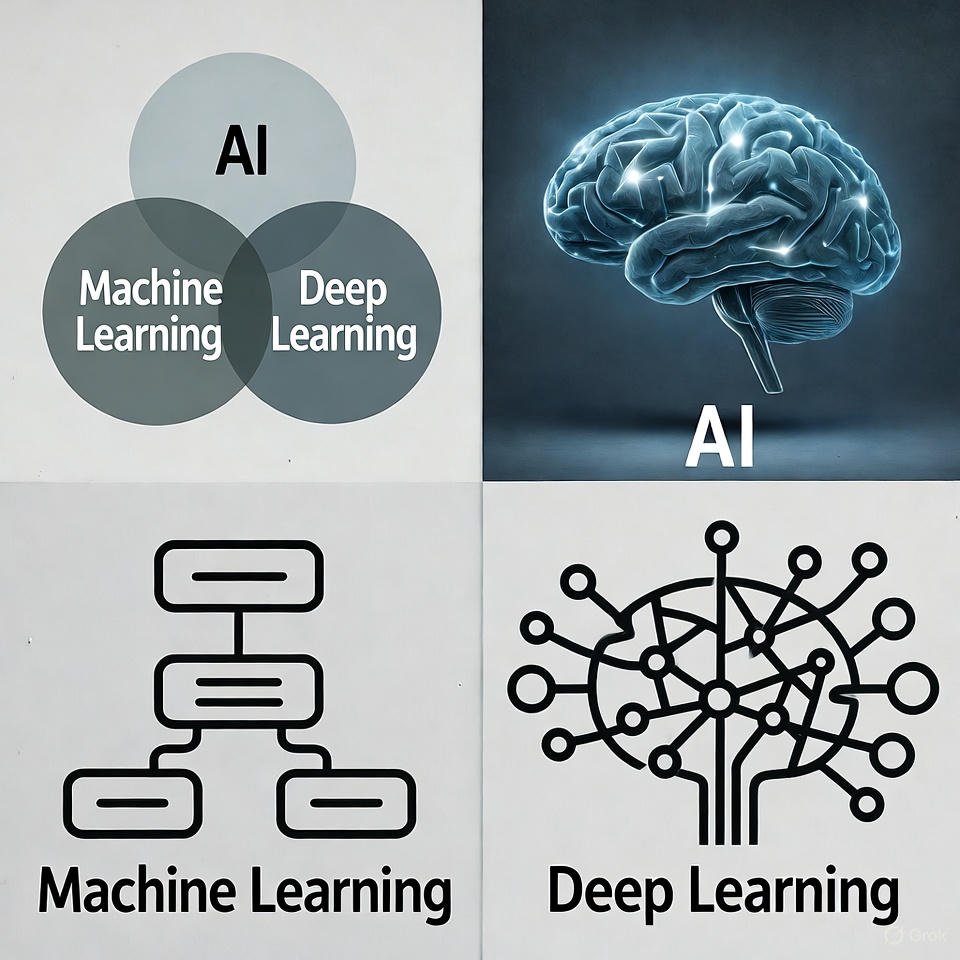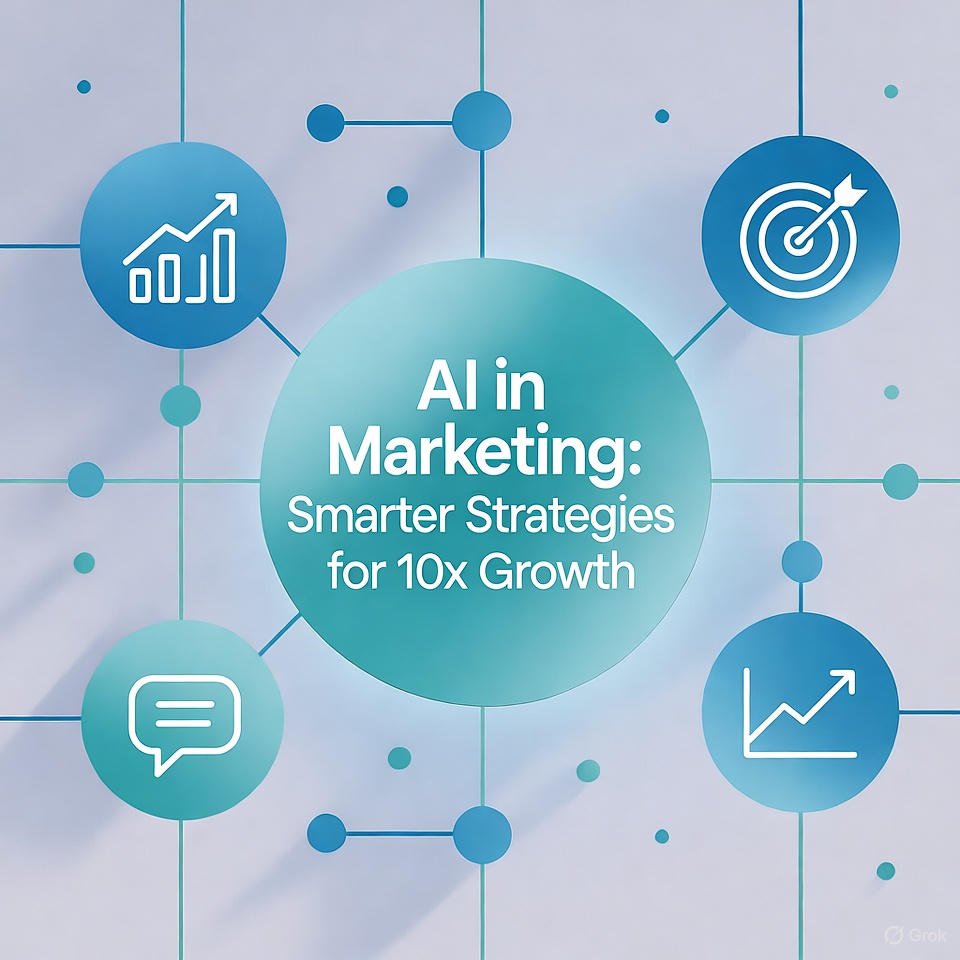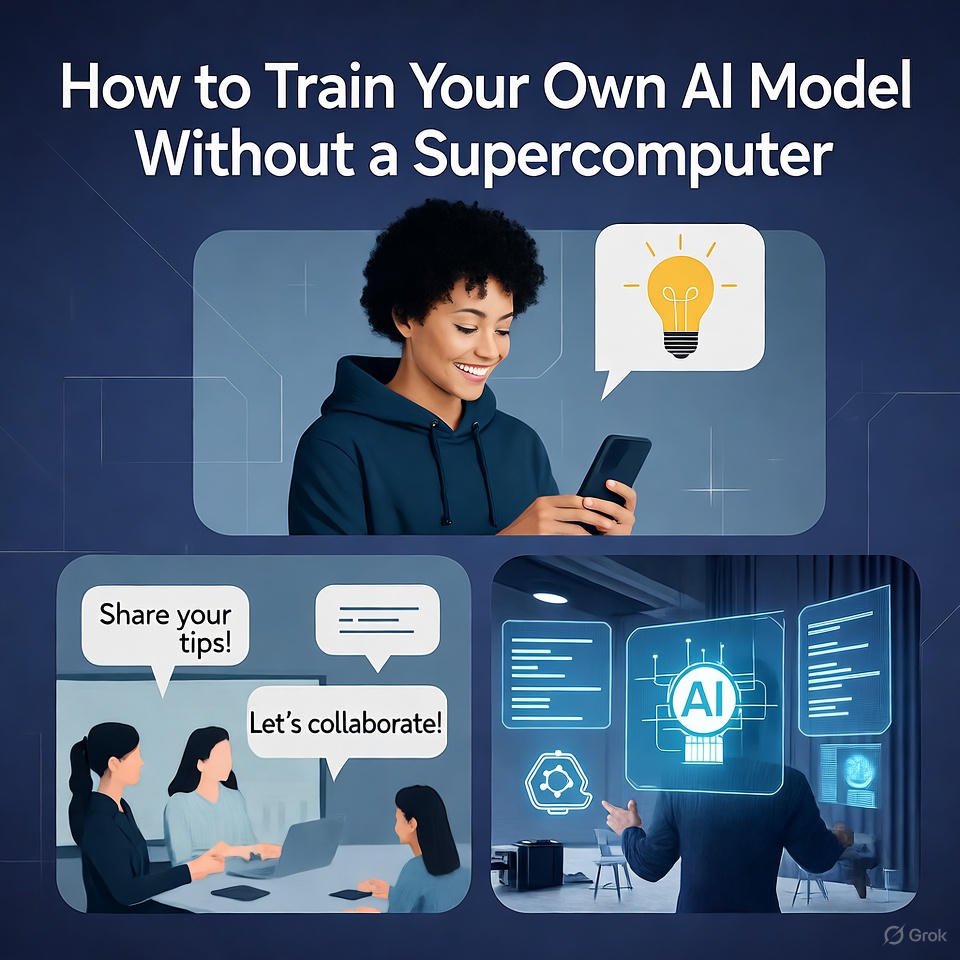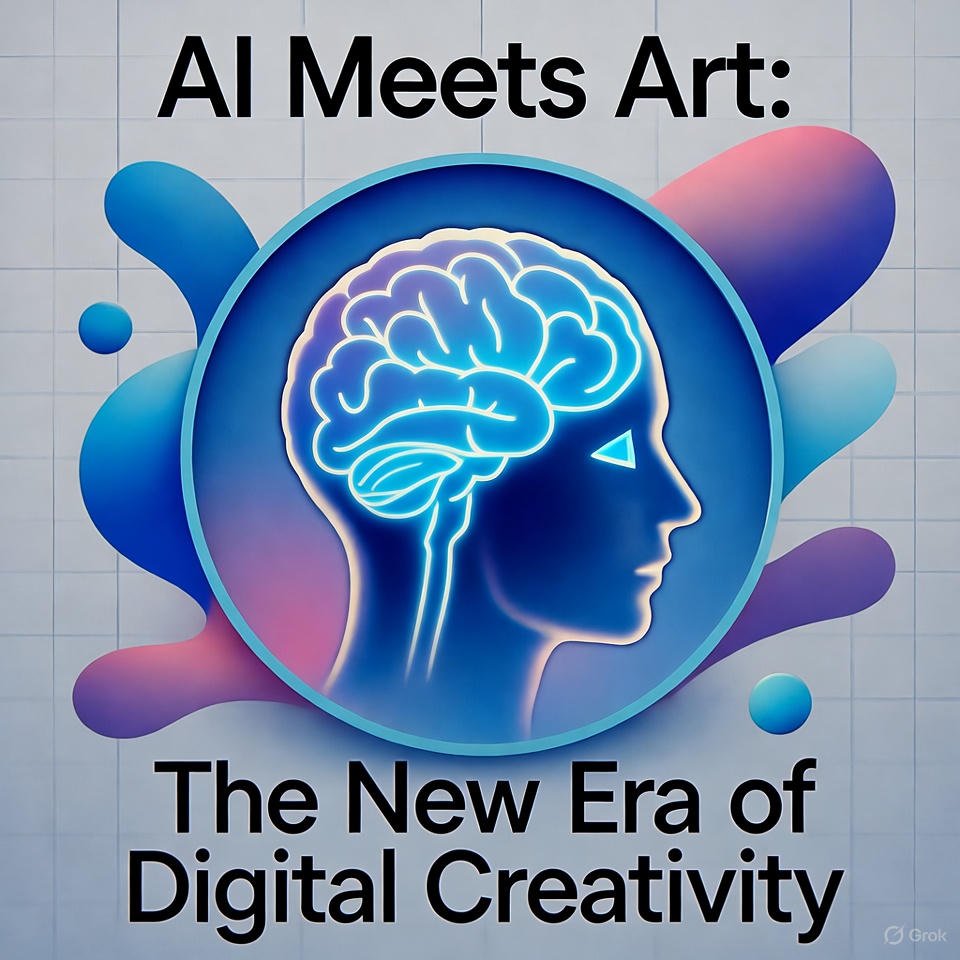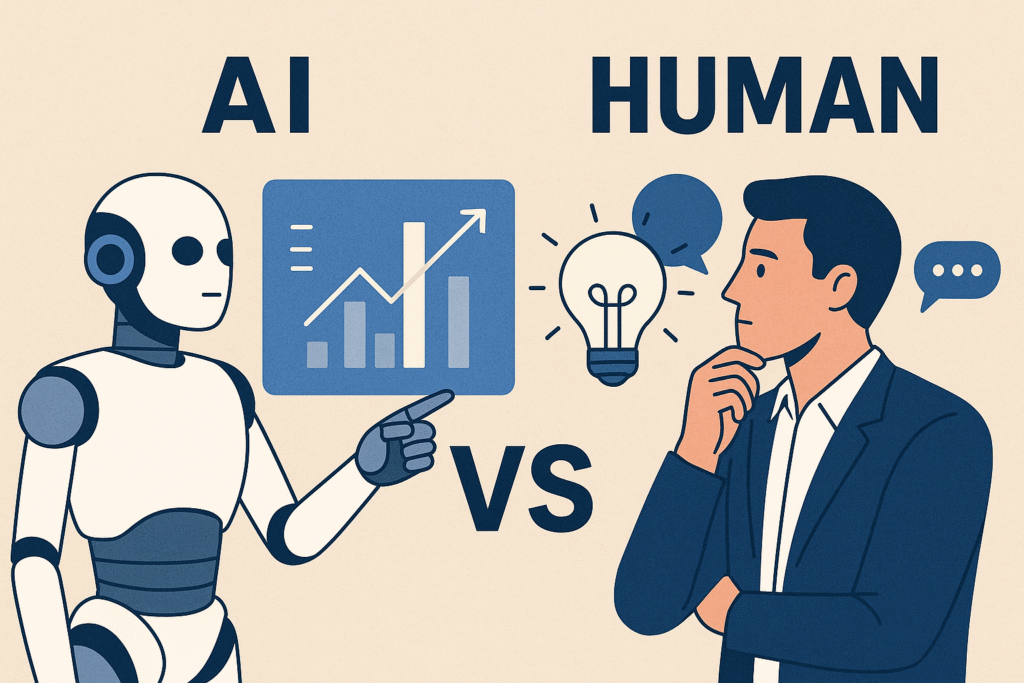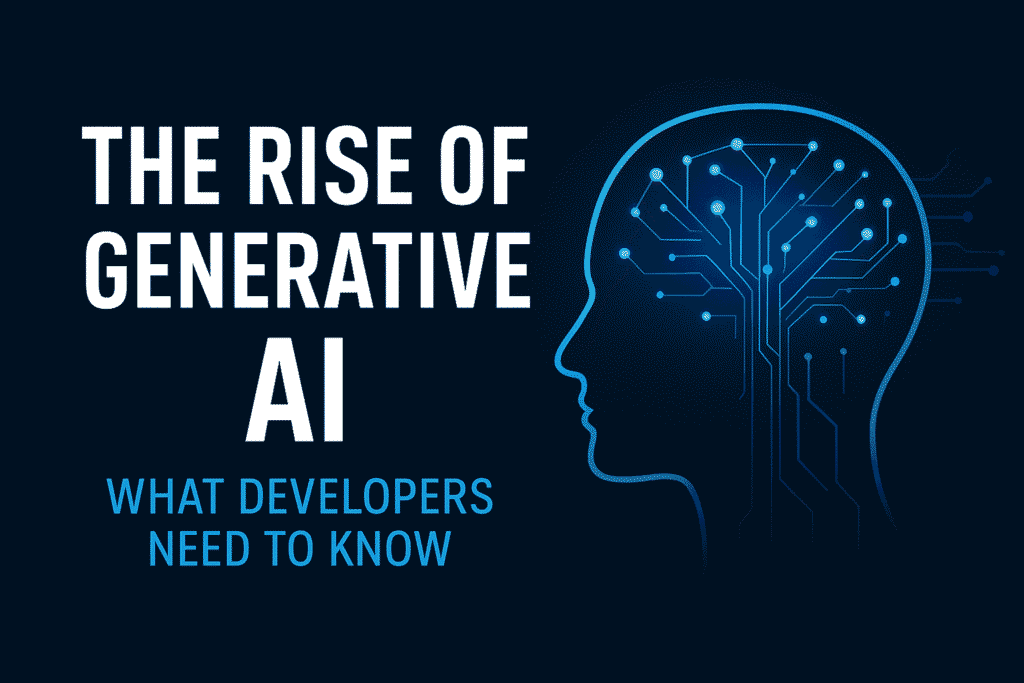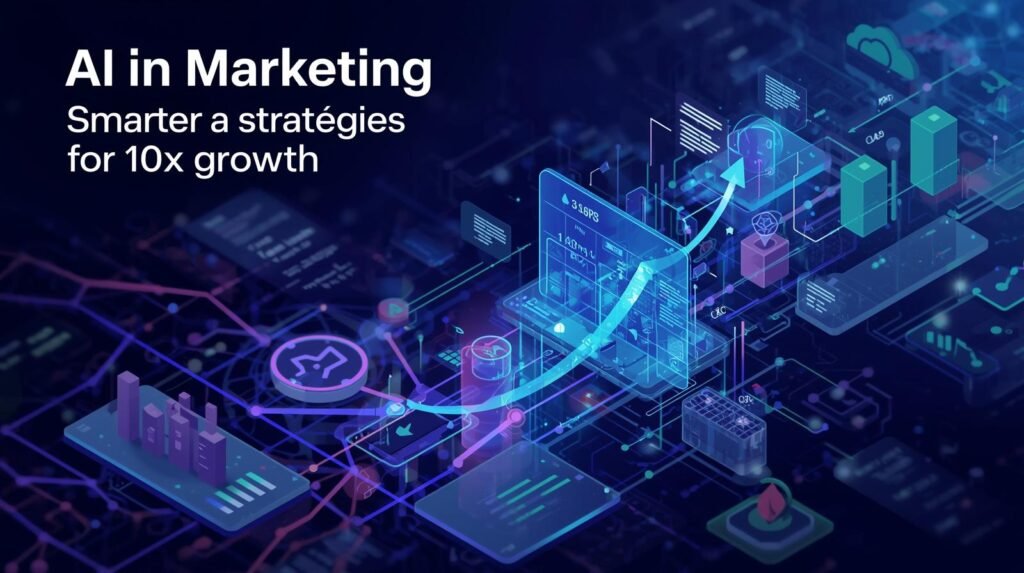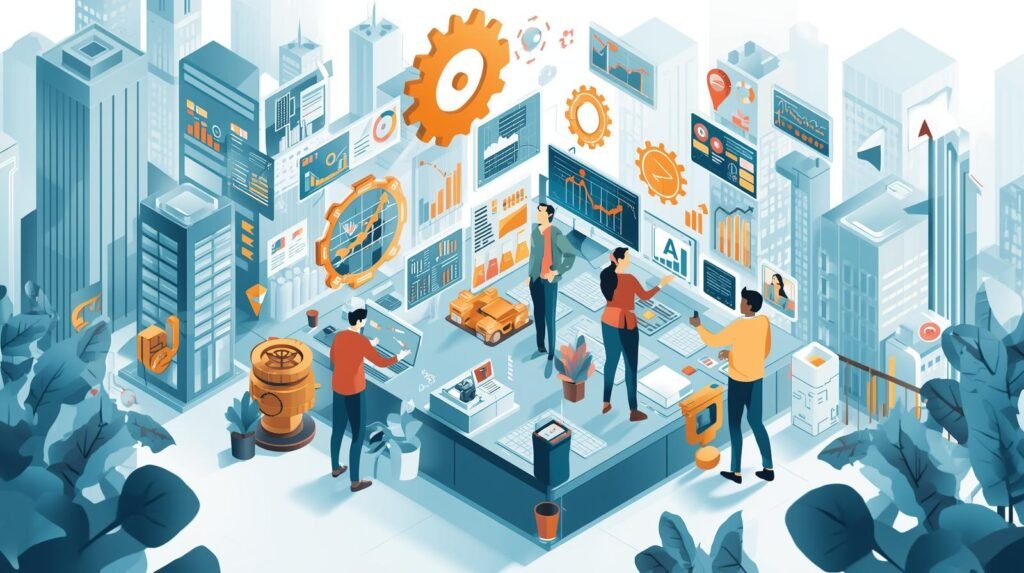What No One Tells You About Artificial Intelligence
Introduction Artificial Intelligence (AI) has become the buzzword of our generation — from chatbots and self-driving cars to predictive algorithms and digital art, it’s everywhere. The world seems captivated by the promise of AI, believing it’s the ultimate tool to revolutionize industries, enhance productivity, and even solve humanity’s toughest problems. But beneath all the glamour and futuristic headlines, there’s a side of AI that most people never hear about — the hidden complexities, misconceptions, ethical dilemmas, and limitations that make it both fascinating and frightening. This isn’t another tech article celebrating AI’s miracles. Instead, we’ll dig into what no one tells you about artificial intelligence — the truth behind the algorithms, the unseen challenges, and the human cost of building “intelligent” machines. Whether you’re a curious reader, tech enthusiast, or entrepreneur, understanding these insights will give you a more realistic, informed perspective on the future of AI. 1. The Illusion of “Intelligence” Despite the name, AI isn’t truly “intelligent.”What we call “artificial intelligence” today is, at best, pattern recognition at scale. Machines don’t think — they calculate probabilities based on data. This illusion of intelligence often leads people to overestimate what AI can actually do. It’s not human-level reasoning — it’s mathematical mimicry dressed as intelligence. 2. The Hidden Human Labor Behind AI One of the biggest secrets about AI is that it relies heavily on human work behind the scenes.Before an AI can “learn,” massive amounts of data labeling and manual curation are needed — often done by underpaid workers. So while AI is marketed as “autonomous,” the reality is that it’s built on the back of human labor — invisible yet essential.AI isn’t replacing humans — it’s repackaging human effort in a new digital form. 3. The Data Dilemma: Your Privacy Is the Price AI thrives on data — your data. Every search query, photo upload, and location check-in becomes training material for AI systems. Companies quietly harvest this information to improve algorithms, often without your explicit consent. The more data AI has, the “smarter” it gets — but that intelligence often comes at the cost of your privacy.As AI evolves, data ethics will become one of the most crucial conversations of the next decade. 4. Bias in, Bias out: The Unseen Problem of Fairness AI systems may look objective, but they’re far from unbiased.Since AI learns from historical data, it inevitably inherits human biases — from gender and race to income and geography. For example: These biases aren’t always intentional, but they highlight a core truth: AI doesn’t eliminate bias — it automates it. The challenge isn’t building smarter algorithms; it’s building fairer ones. 5. AI Isn’t Replacing Jobs — It’s Reshaping Them You’ve probably heard the claim: “AI will steal our jobs.”The truth is more nuanced. AI is indeed automating routine tasks — from customer support to logistics and even coding assistance. But rather than eliminating human roles altogether, it’s transforming them. What’s actually happening: Instead of fearing AI, the key is learning how to work with it, not against it.AI doesn’t remove humans from the equation — it redefines where humans add the most value. 6. The Environmental Cost of AI AI might seem digital and clean, but it comes with a massive environmental footprint.Training large AI models like GPT or image generators requires immense computing power, which consumes energy on par with small countries. Consider this: So while AI may be pushing technological progress, it’s also quietly straining the planet. 7. The Creativity Debate: Can AI Really Be Creative? AI-generated art, music, and writing are captivating — but is it true creativity?Not exactly. AI creativity is derivative, not original. It combines patterns from existing works rather than inventing something entirely new. Think of AI as a super remix artist: AI can accelerate the creative process, but the soul of creativity still belongs to humans. 8. The Hype vs. Reality of AI Startups The AI gold rush has led to thousands of startups claiming to use “revolutionary AI.”But many of these companies rely on human intervention, basic automation, or pre-trained APIs — not advanced AI research. In short: AI is powerful, but it’s not a magic wand. Real success comes from combining AI with genuine problem-solving, not chasing buzzwords. 9. The Ethical Tightrope: When AI Crosses the Line AI ethics is no longer theoretical — it’s a real-world issue. From deepfakes that spread misinformation to autonomous weapons capable of making life-or-death decisions, the stakes are high.Ethical AI requires careful oversight, transparency, and accountability — but regulations are struggling to keep up. Key ethical challenges include: Without global ethical standards, AI risks becoming a tool of exploitation instead of empowerment. 10. The Real Opportunity: Augmented Intelligence, Not Artificial Here’s the truth no one tells you — the future of AI isn’t about replacing humans. It’s about augmenting human potential. AI should be seen as a co-pilot, not a pilot — a powerful assistant that helps us think faster, create smarter, and innovate better. Imagine: When used responsibly, AI becomes Augmented Intelligence — a collaboration between human intuition and machine precision. That’s the version of AI worth building. Conclusion Artificial Intelligence isn’t just code and computation — it’s a mirror reflecting human ambition, bias, and creativity.What no one tells you is that AI’s story is ultimately a human one — shaped by our choices, ethics, and imagination. We often dream of machines that can think like us, but maybe the real breakthrough is learning to think with them.The future of AI won’t be determined by technology alone — it will depend on how wisely we use it.
